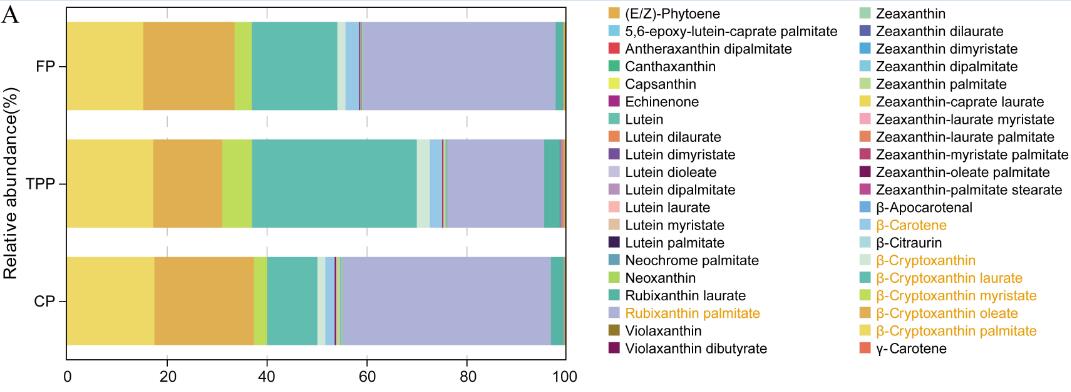Recently, a study on the chemical composition of peach fruits before and after canning and storage was reported. This research has been published in the journal of 《Food Chemistry》.

Characterization of carotenoids during the canning and storage processes
Canned food represents an astonishingly innovative technology that still widely influences people's lifestyles. As early as two centuries ago, canned fruits became one of the main types of canned food, which are typically less expensive than both fresh and frozen produce and often have similar nutritional value. According to CCFIA (China Canned Food Industry Association, http://www.topcanchina.com/) statistics, China has been the largest producer and exporter of canned fruits in the world, with canned peaches exporting 137.4 kilotons, accounting for 29% of total canned fruit exports. However, whether canned peaches can deliver nutrient levels comparable to those of fresh peaches has been a concern to consumers.The characterization of peach metabolites and carotenoids during canning and storage remains unclear.
The present study identified 658 metabolites and 40 carotenoids in peach fruits throughout the canning and storage using ESI-MS/MS and APCI-MS/MS based metabolome approach. A total of 282 differentially accumulated metabolites were found, mainly including 78 phenolic acids, 74 lipids, 61 flavonoids. Five esterified carotenoids (rubixanthin palmitate, β-cryptoxanthin oleate, β-cryptoxanthin laurate, β-cryptoxanthin palmitate, and β-cryptoxanthin myristate) were the main peach carotenoids, with a proportion of approximately 90%, while free carotenoids accounted for 4.22–5.95% during the entire processing period. Moreover, the total carotenoid loss rates for canning and storage were 56.67% and 46.55%, respectively. Compared to the loss of free carotenoids, esterified carotenoids were more stable during storage, while canning led to a greater loss of esterified carotenoids. The results provided new insights into the maintenance of health-related phytochemicals from canning processes.
This work was supported by grants from China Agriculture Research System (CARS-30-1-04), the Agricultural Science and Technology Innovation Program (CAAS-ASTIP-2022-ZFRI-01), the National Natural Science Foundation of China (32102328).
https://doi.org/10.1016/j.foodchem.2023.137087
By Wu Jinlong
wujinlong@caas.cn
